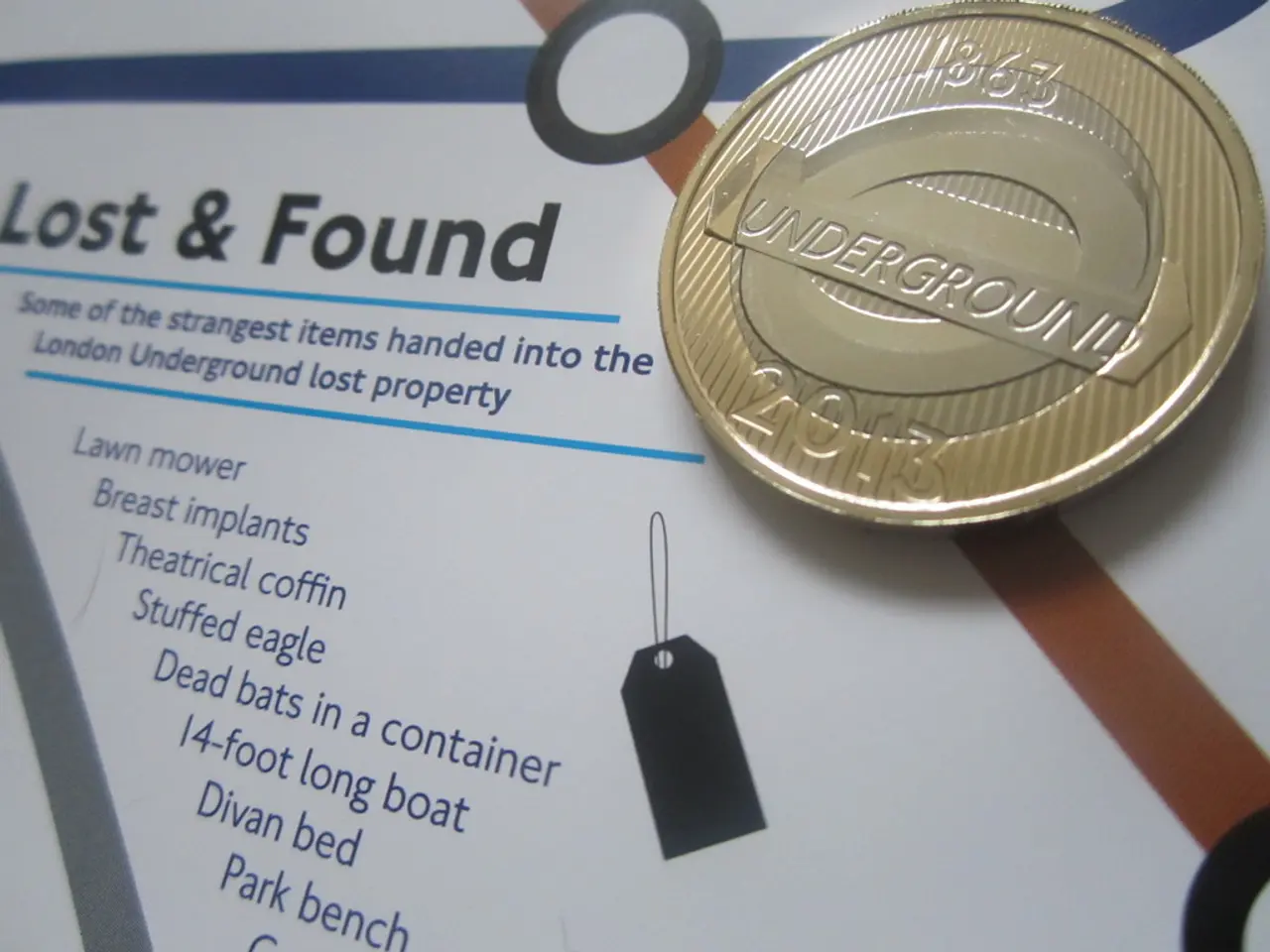JPMorgan predicts that the MiCA regulations will stimulate the expansion of euro-linked stablecoins.
In the evolving landscape of digital currencies, the MiCA (Markets in Crypto-Assets) regulations have set a stage for the growth and development of euro-denominated stablecoins in the EU.
These regulations are influencing the competitive landscape, leading to the dominance of MiCA-compliant stablecoins. One of the stablecoins benefiting from the MiCA regulations is Circle’s EURC, which leads euro stablecoins with about €178 million in circulation.
Société Générale’s EURCV and Banking Circle’s EURI are also MiCA-compliant stablecoins, with EURCV having around €41 million and EURI, whose market size is not explicitly stated, emerging as a competitor. New entrants like Deutsche Bank-backed EURAU have also launched, aiming to capture more of this underdeveloped market segment.
Despite this growth, the euro stablecoin market share remains very small, roughly around 0.15% to 0.2% of the global stablecoin market. This reflects Europe's challenge in establishing a strong position versus the U.S. dollar’s overwhelming dominance in stablecoins, which surpasses $268 billion in market cap, with USDT alone exceeding $158 billion.
The MiCA regulations, enforced in the EU on December 30, 2024, establish the development of euro-denominated stablecoins by promoting security, transparency, and regulatory clarity. However, the global market’s near-total US dollar dominance has not yet been reversed.
The impact on competitors like Tether (USDT) is currently limited. Tether continues to dominate the market as the most used and largest stablecoin by supply and transactions, operating globally and beyond regulatory regimes like MiCA.
European regulators see the rise of dollar stablecoins as a threat to European monetary sovereignty and financial stability, prompting efforts to boost the euro’s share through MiCA-compliant stablecoins and institutional backing.
In summary, while the MiCA framework is an important strategic response to encourage euro stablecoins, the transition to significant market share will take time. Current data shows modest but steady growth amid overwhelming US dollar stablecoin dominance.
Here's a snapshot of the current market position of some key stablecoins:
| Stablecoin | Approximate Market Size (EUR or $) | Market Position | Notes | |---------------------|------------------------------------|---------------------|----------------------------------------------| | Circle EURC | ~€178 million | Leading euro stablecoin | MiCA-compliant, solid market presence | | Société Générale EURCV | ~€41 million | Smaller euro stablecoin | Also MiCA-compliant, institutional backing | | Banking Circle EURI | Data not specified explicitly | Emerging competitor | MiCA-compliant issuer | | Deutsche Bank EURAU | Recent launch, growing | New entrant | Backed by major bank, aiming for adoption | | Tether USDT | >$158 billion | Dominant global stablecoin | US dollar peg, global scale, unaffected by MiCA |
Investors looking to the European market for stablecoin opportunities might find potential in MiCA-compliant options like Circle's EURC, Société Générale's EURCV, Banking Circle's EURI, and Deutsche Bank's EURAU. Technology plays a crucial role in these digital assets, as they adapt to meet the regulations set by MiCA. Despite the modest growth, the euro-denominated stablecoin market still faces significant competition from technology-driven US dollar stablecoins, such as Tether (USDT).




